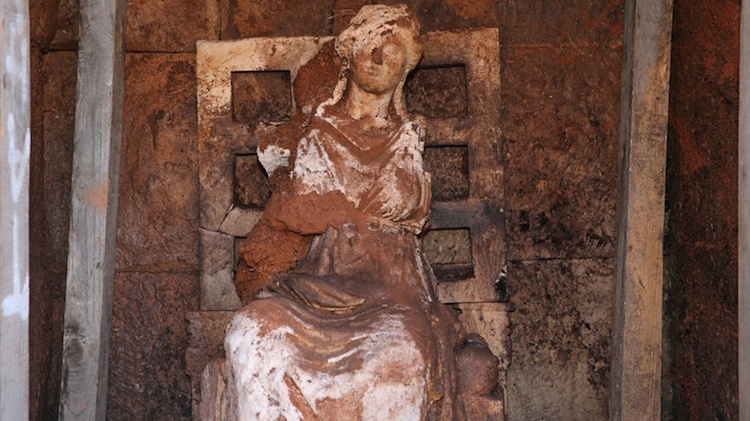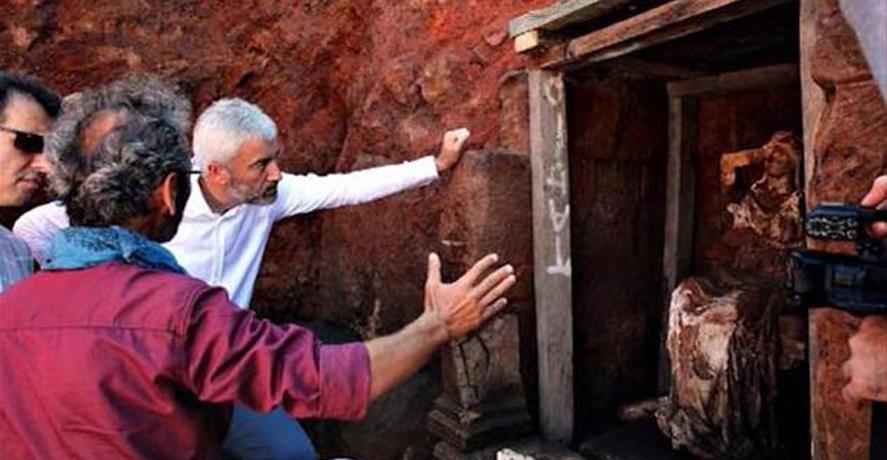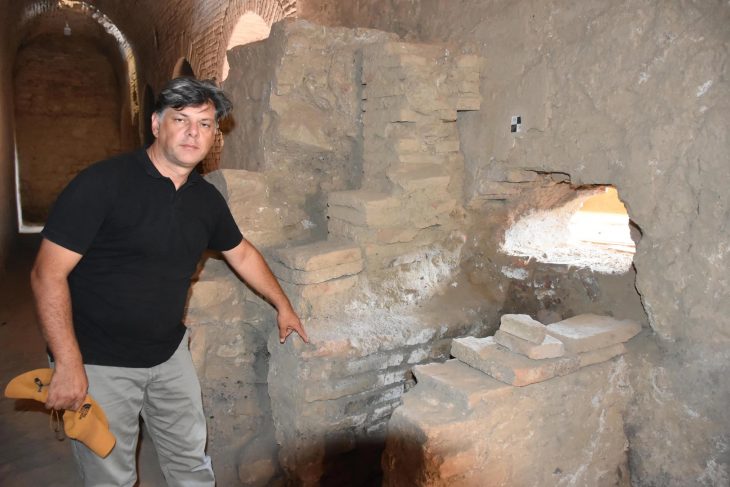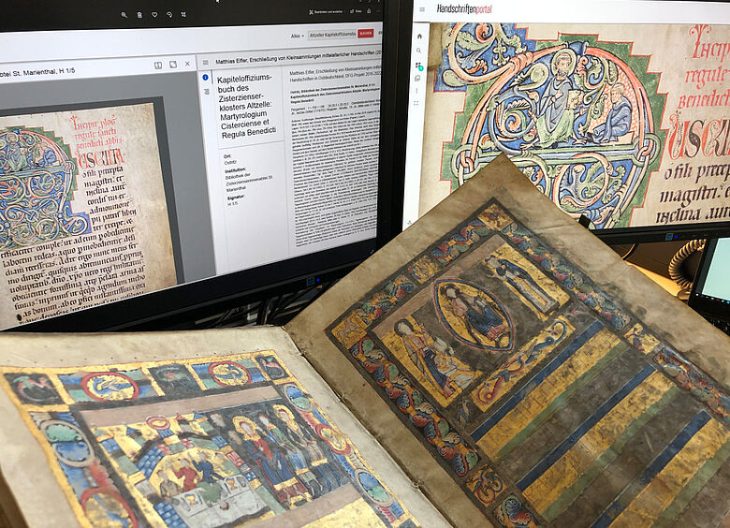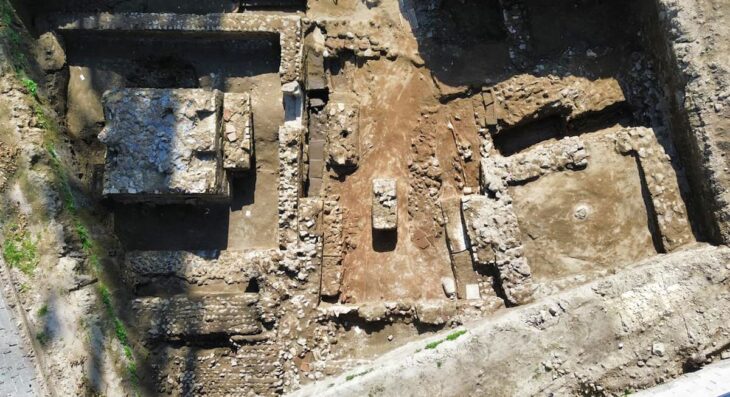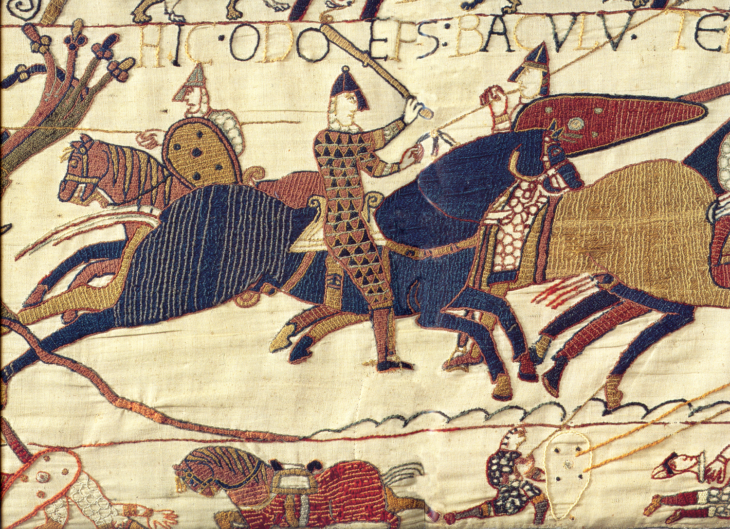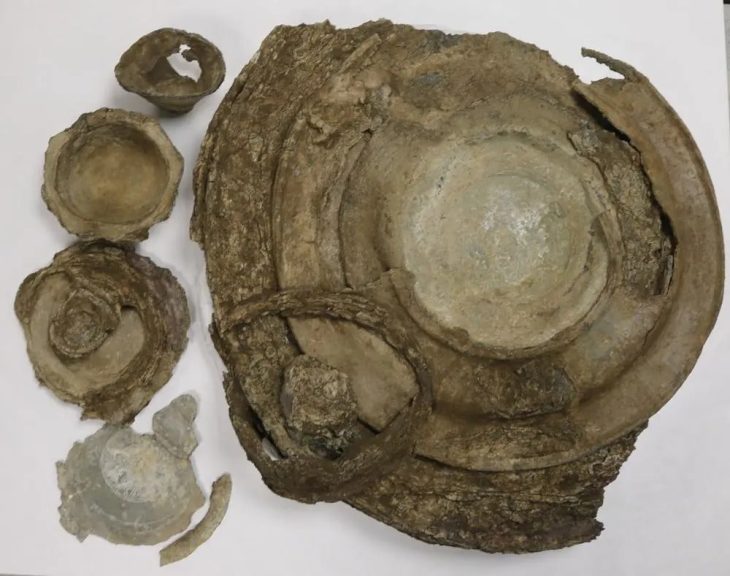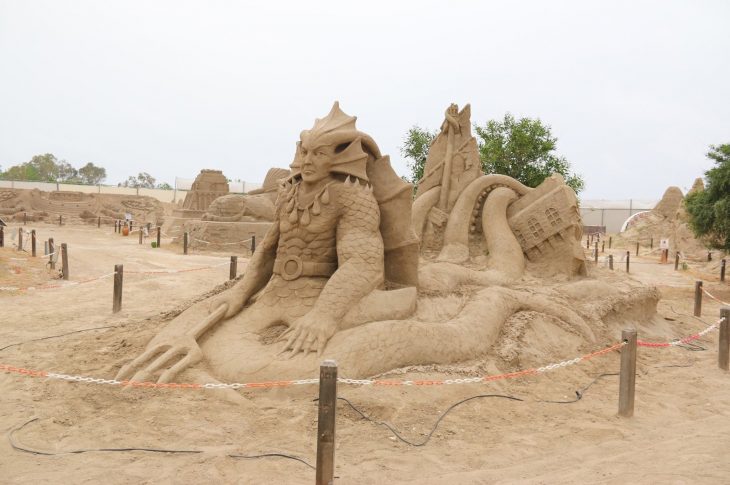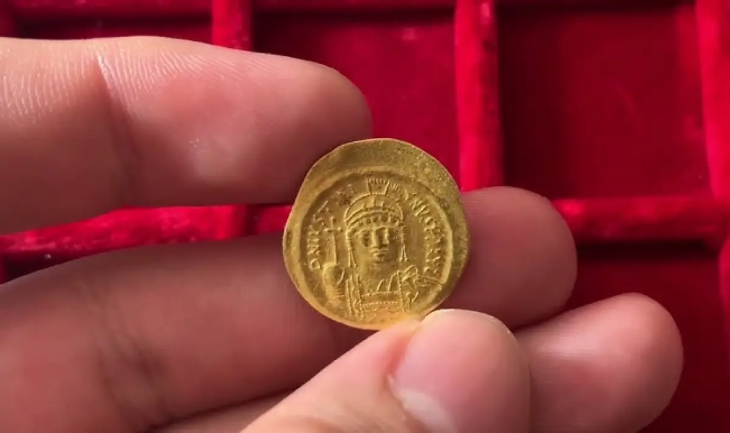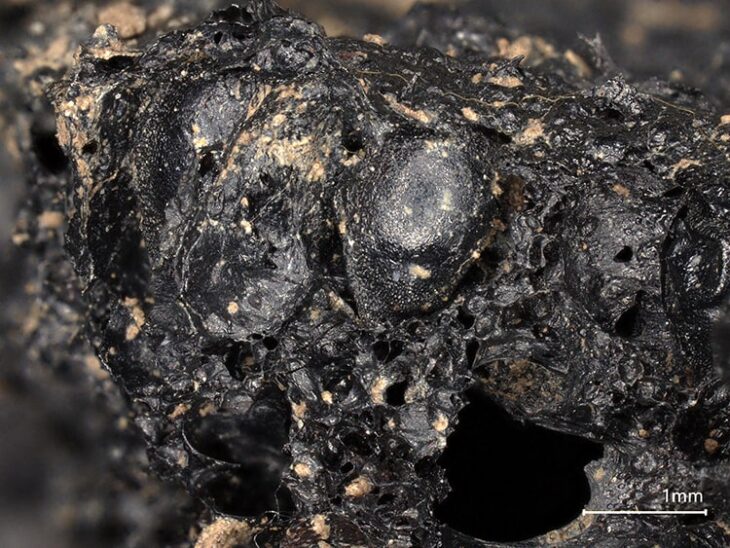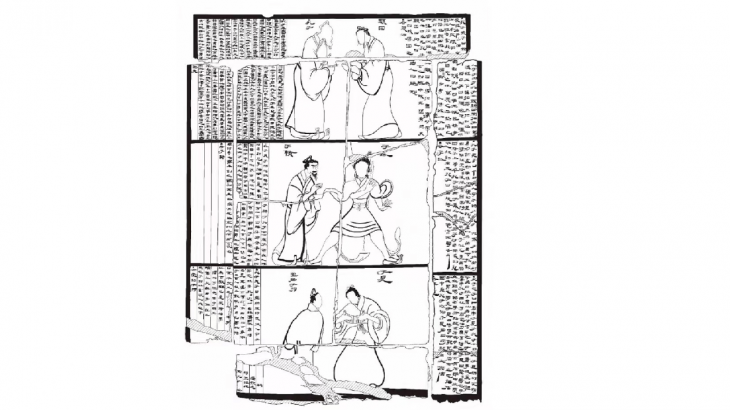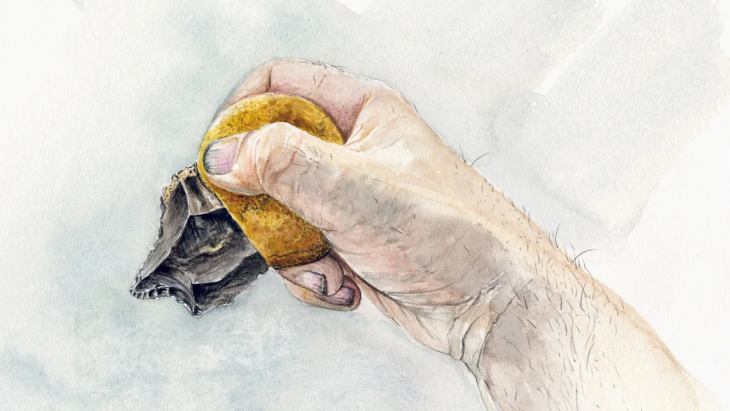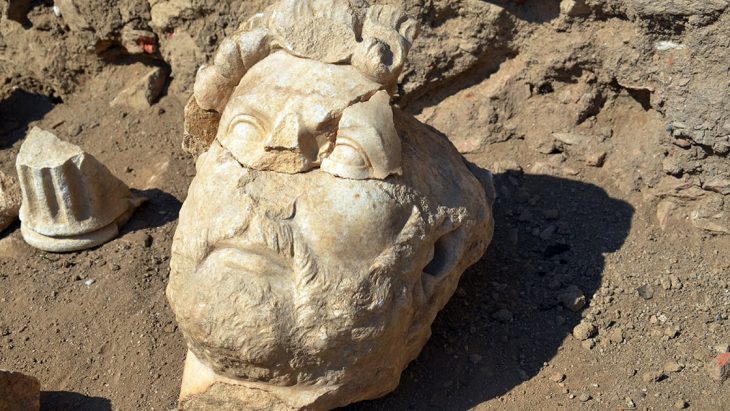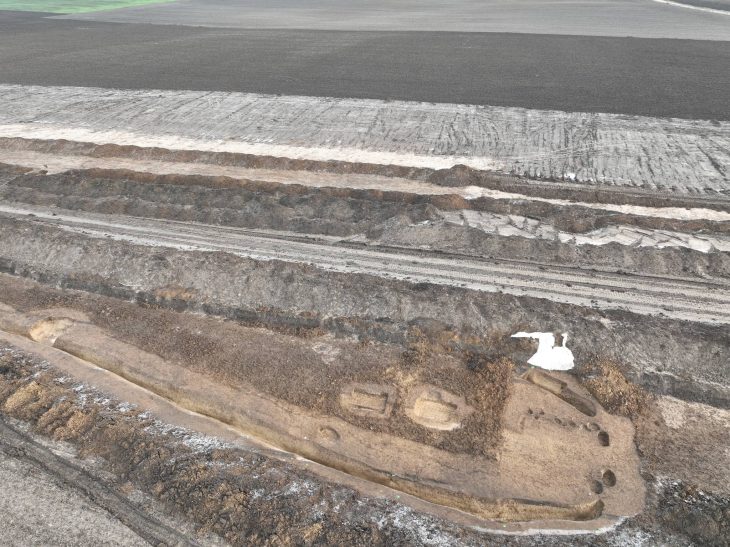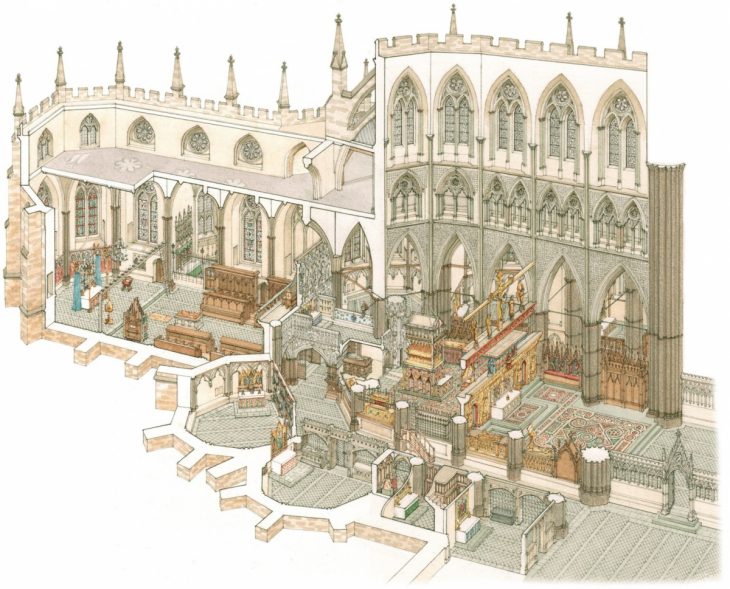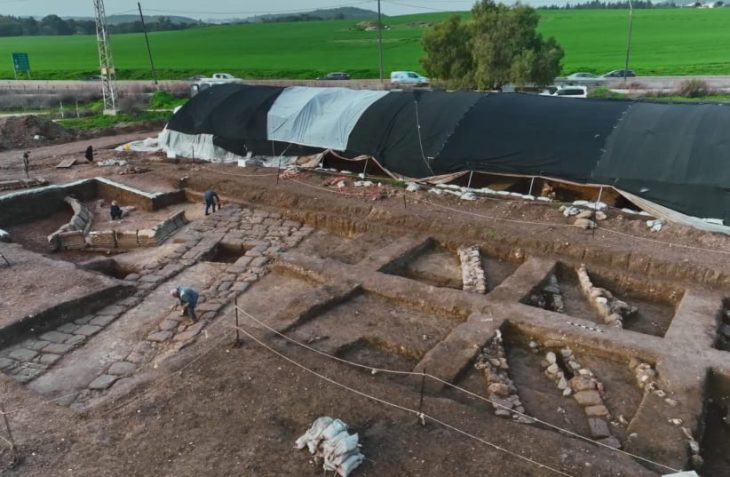A breathtaking statue of the Mother Goddess Cybele, dating back 2100 years, was found at the historic Kurul Castle in Ordu, Türkiye. The statue of the mother goddess is remarkable as the first marble statue found as insutu.
The statue, which weighs approximately 200 kilograms and stands 110 centimeters tall, was discovered during excavation work led by Prof. Dr. Süleyman Yücel Şenyurt and his team in 2016. Since its discovery, the statue has attracted thousands of visitors eager to witness this remarkable artifact.
The statue not only captivates with its artistry but also serves as a bridge connecting us to the spiritual beliefs of a civilization long past. For the people of that era, the Mother Goddess Cybele, represented fertility, protection, and the nurturing aspects of nature, embodying the life-giving forces that sustained their communities. Revered as a powerful deity, she was believed to safeguard the land and its inhabitants, symbolizing the deep connection between humanity and the earth. Her worship was integral to the cultural identity of the region, reflecting the values and aspirations of a society that sought harmony with the divine and the natural world.
During the excavations led by Gazi University faculty member Prof. Dr. Yücel Şenyurt, approximately 3 thousand pieces of historical artefacts were found, including the ‘mother goddess’ Cybele sitting on her throne and the ‘god of fertility’ Dionyss, Pan and Riton statues, which are animal-shaped religious vessels.
Recent updates from Prof. Dr. Şenyurt shed light on the statue’s historical context. He emphasized their confidence in identifying the statue as Cybele, despite facing criticism at the time of its discovery. The presence of numerous terracotta figurines of Cybele found in the area supports this identification, as does the statue’s location at the city’s main gate, a site historically associated with protective deities.
The Kurul Castle, which served as a stronghold during the reign of Mithridates VI, faced significant Roman assaults, culminating in a devastating fire. Mithridates VI, also known as Mithridates the Great, was the king of Pontus, a region located in modern-day Türkiye, from approximately 120 BC until his death in 63 BC. He is best known for his opposition to Roman expansion in the East and for his ambitious attempts to create a powerful kingdom that could rival Rome. Mithridates was a skilled military leader and strategist, known for his ability to unite various peoples against the Romans. He famously fought three major wars against Rome, known as the Mithridatic Wars, which showcased his resilience and tactical prowess.
Excavations have revealed evidence of warfare, including projectiles, weapons, and remnants of the fire that ultimately led to the castle’s downfall. Notably, the statue of Cybele was preserved when the entrance gate collapsed during the Roman attack, covering the statue and protecting it from destruction.
Prof. Dr. Şenyurt noted that offerings were made to the Cybele statue, including coins and arrowheads, which were likely used by the local inhabitants as part of their worship practices. The discovery of the statue has sparked a surge of interest, with many visitors flocking to the site to see the statue firsthand. “The news of the statue’s discovery spread quickly, leading to an influx of visitors of all ages eager to witness this historical treasure,” said Prof. Dr. Şenyurt.
The statue of the Mother Goddess Cybele, a remarkable artifact unearthed from its ancient resting place, has been carefully transported to the Ordu Museum, where it now awaits the eager eyes of visitors. This exquisite piece of history, steeped in the rich cultural heritage of the region, stands ready to share its story with all who come to admire it. As the museum opens its doors to the public, the Cybele statue invites history enthusiasts, scholars, and curious travelers alike to explore the mysteries of the past and connect with the timeless legacy of the goddess who once watched over the land. Come and witness this extraordinary treasure, where the echoes of ancient worship and devotion resonate through the ages.
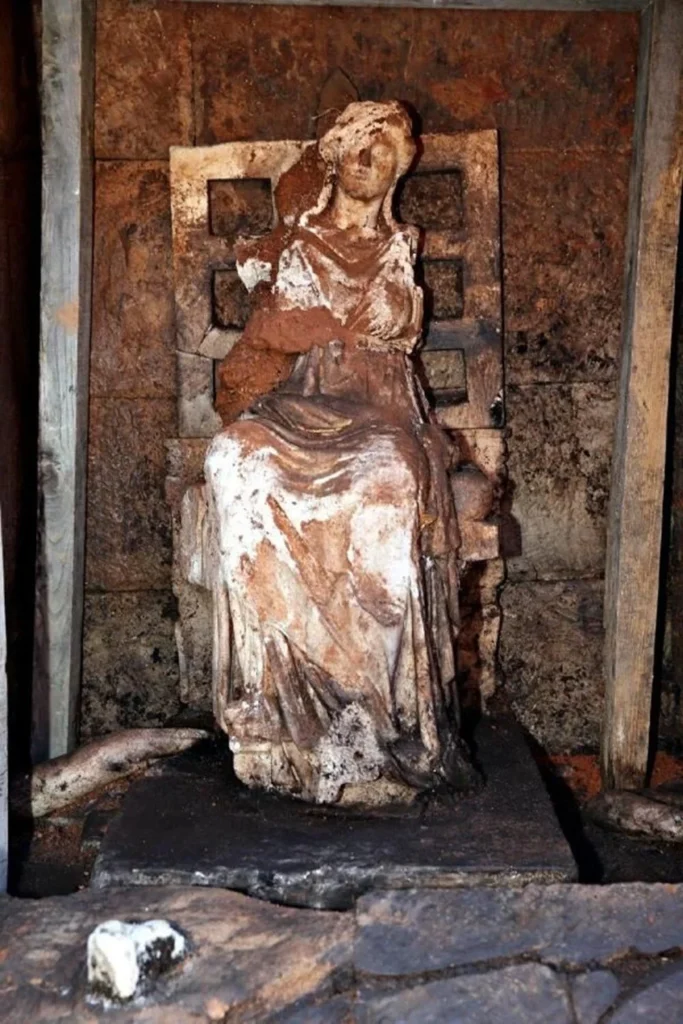
The Kurul Castle, located 20 kilometers from the city center of Ordu, is recognized as the first scientific archaeological excavation in the Eastern Black Sea region. Dating back approximately 2300 years, it is believed to have served as a military garrison. Given the lack of archaeological research in the Black Sea region, the ongoing excavations at Kurul Castle hold great importance, revealing a wealth of artifacts, including religious and ceremonial items, ceramics, coins, and depictions of deities.
As the story of the Cybele statue continues to unfold, it stands as a testament to the rich history and cultural heritage of the region, drawing attention from scholars and tourists alike.

